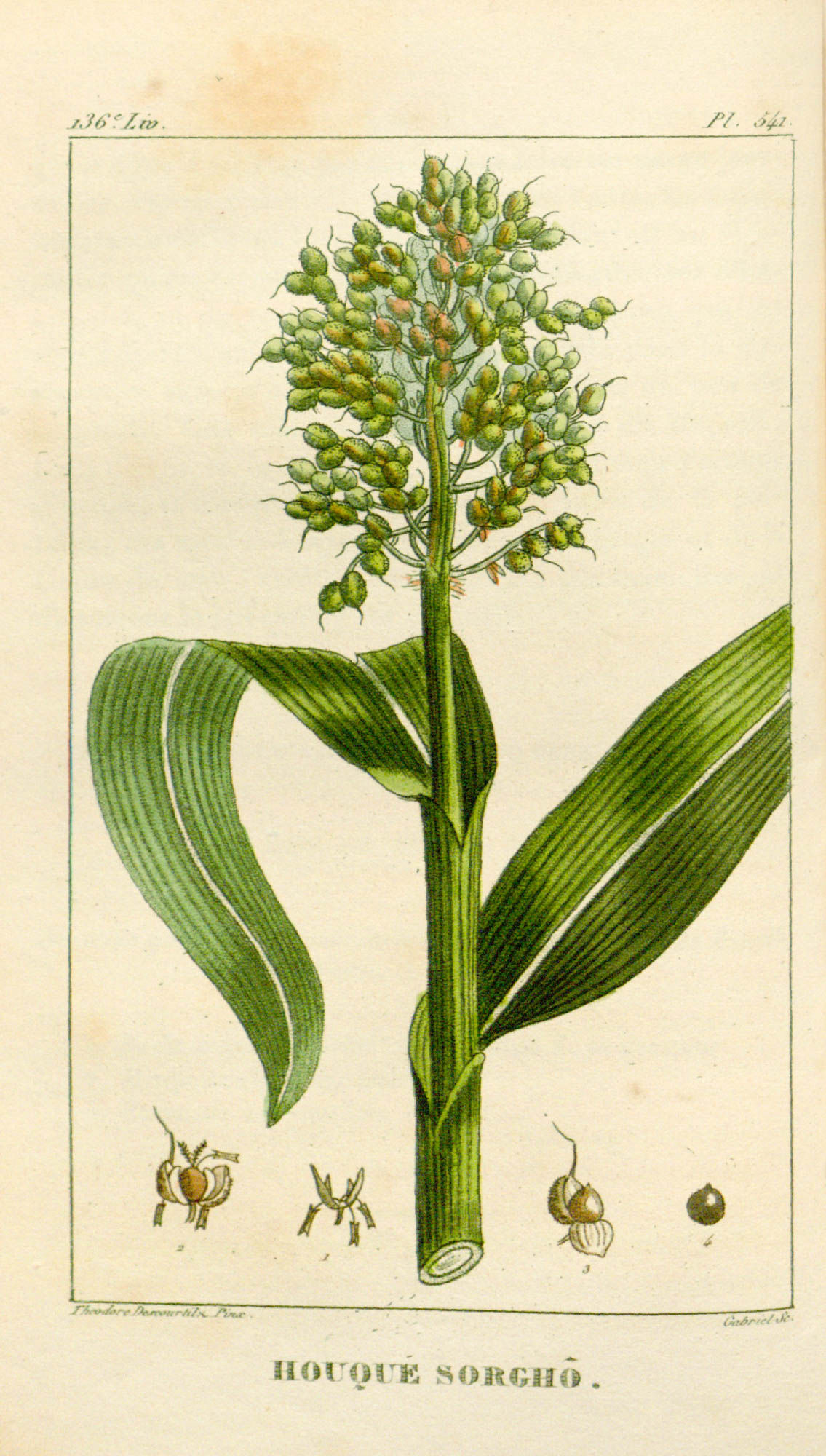
Guinea Corn (Sorghum bicolor)
African Crops in the Caribbean
Caribbean farming is a unique combination of plants and techniques from two main sources: Caribbean Amerindians and Africans.
Under slavery, the language, culture and identity of enslaved Africans were deliberately suppressed. But some food and farming traditions have survived through the ages. In their few free hours, enslaved people farmed provision grounds to feed themselves, and this kept farming traditions alive.
Many key crops were brought from Africa. Guinea Corn, or Sorghum, is an African grain. It grows quickly, even in heat and dry weather. Unlike most grains, it is ideal for St. Martin’s climate. It is also easy to raise and prepare.

Guinea Corn (Sorghum bicolor)
The Pigeon Pea came from Asia, but was popular in Africa by the time St. Martin was colonized. It also grows easily in dry tropical climates. Using a row of Pigeon Pea bushes to mark the edge of a farm or property is a tradition in both Africa and the Caribbean. You can still see this on St. Martin.
Pigeon Pea (Cajanus cajan)
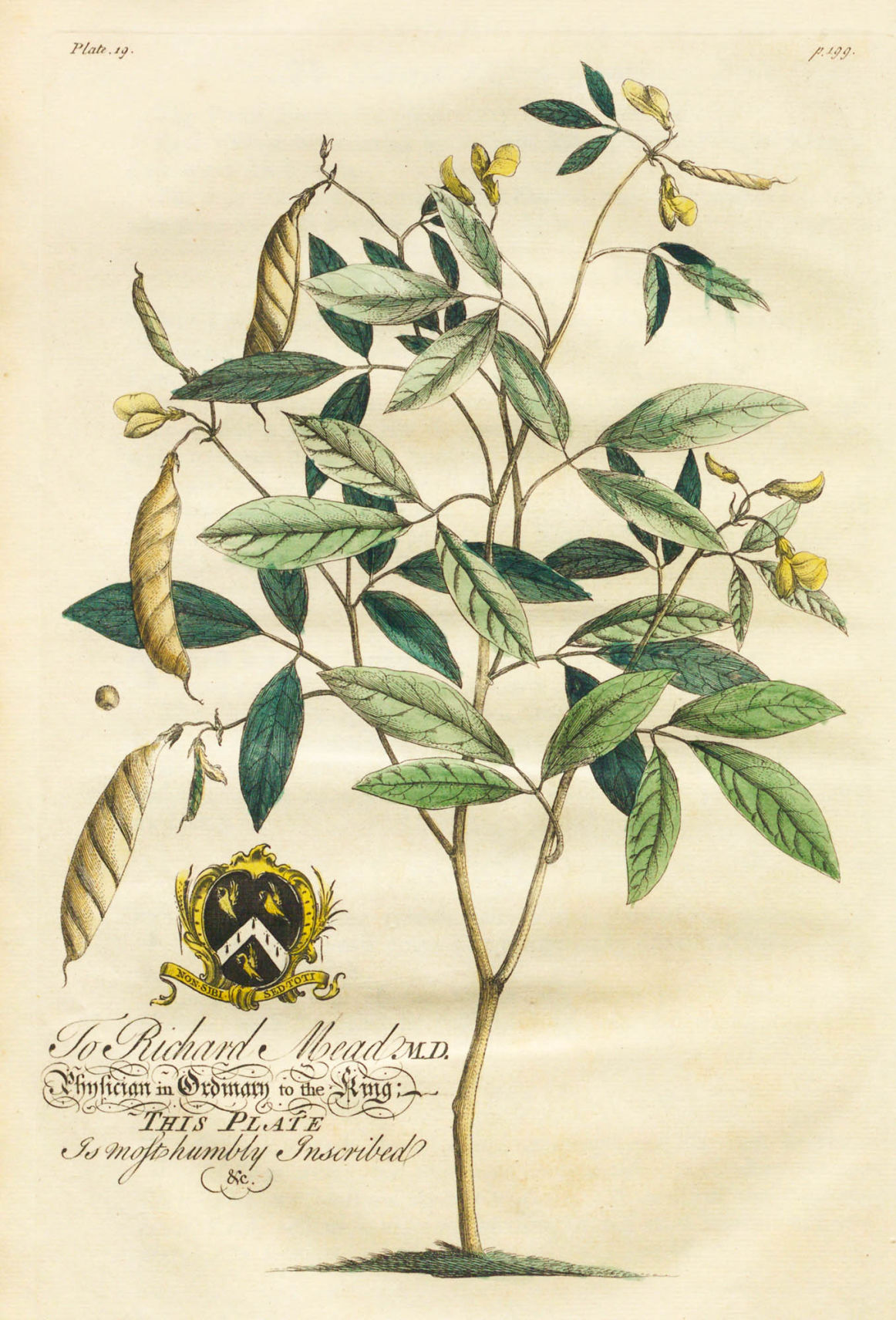
Other African crops were soon growing side-by-side with Amerindian ones: African yams, gourds, peas and melons joined Amerindian sweet potatoes, pumpkins and beans. The African technique of ridging soil and the short-handled hoe from Africa are widely used in the region. To this day, farms and gardens on every island show the combined influence of African and Amerindian farming traditions.
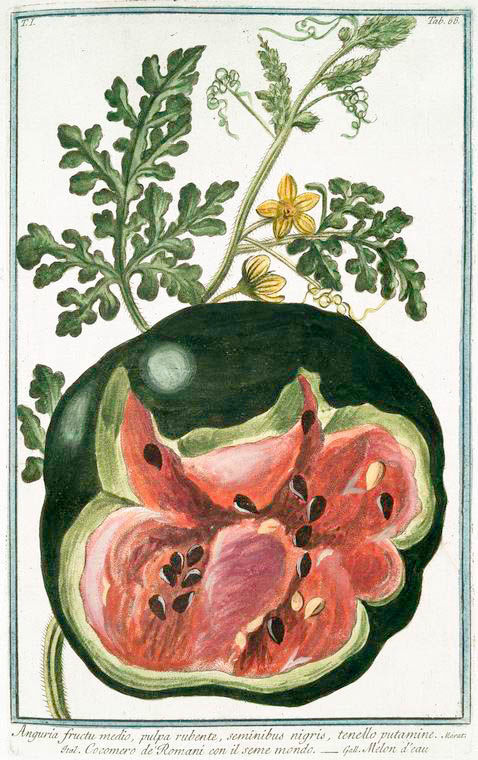
Watermelon (Citrullus lanatus)
White Yam (Dioscorea cayennensis)
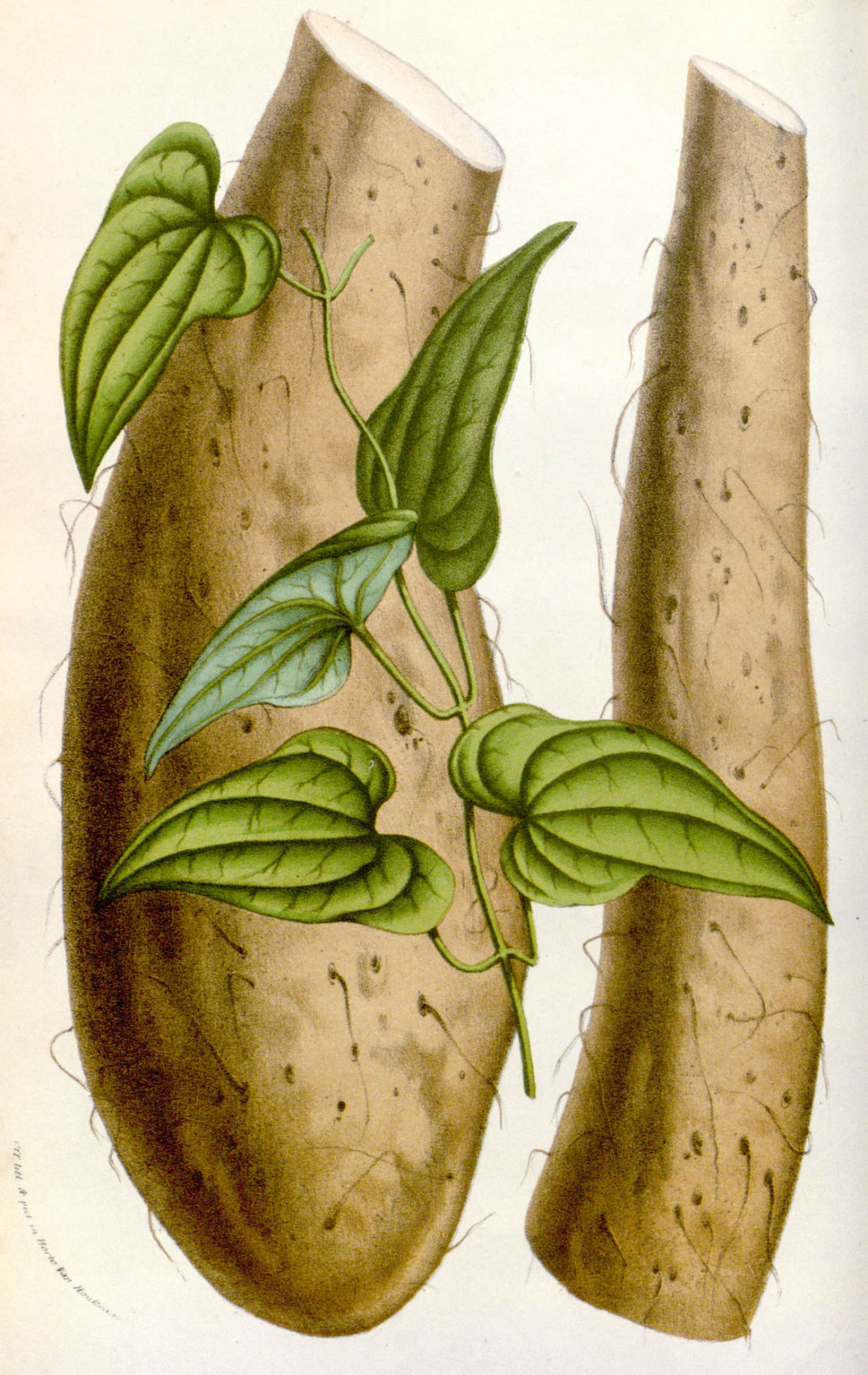
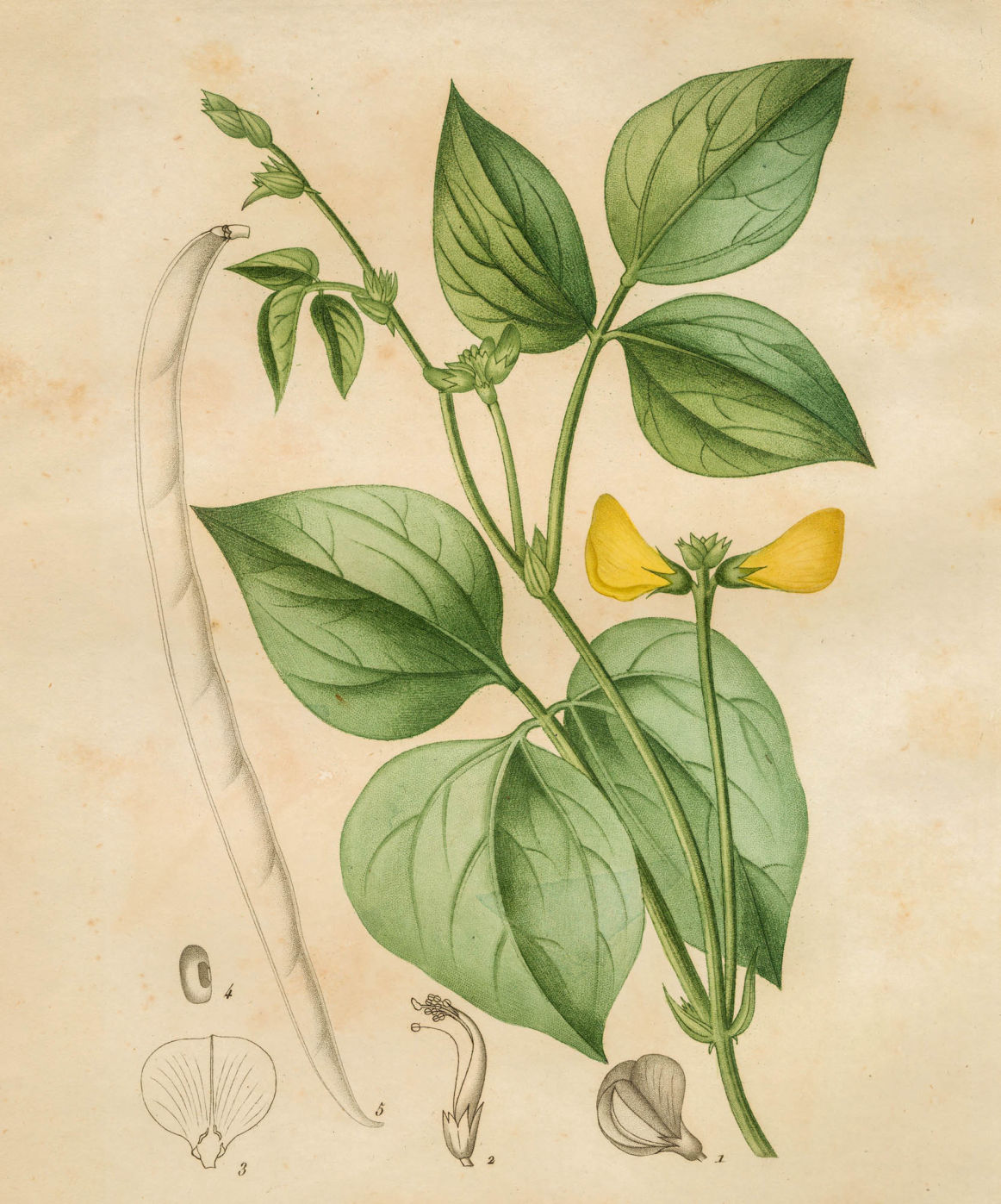
Cowpea (Vigna unguiculata)